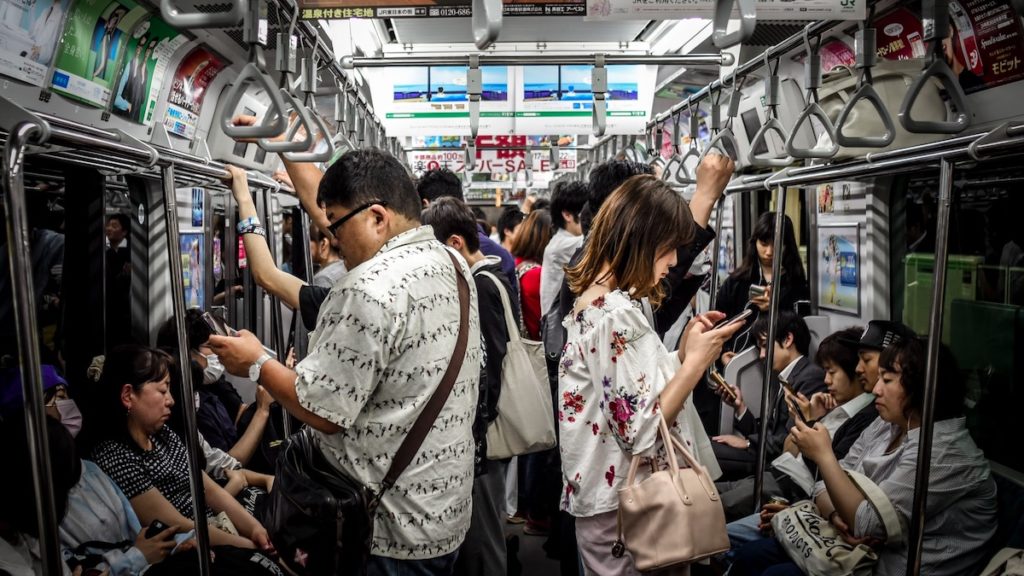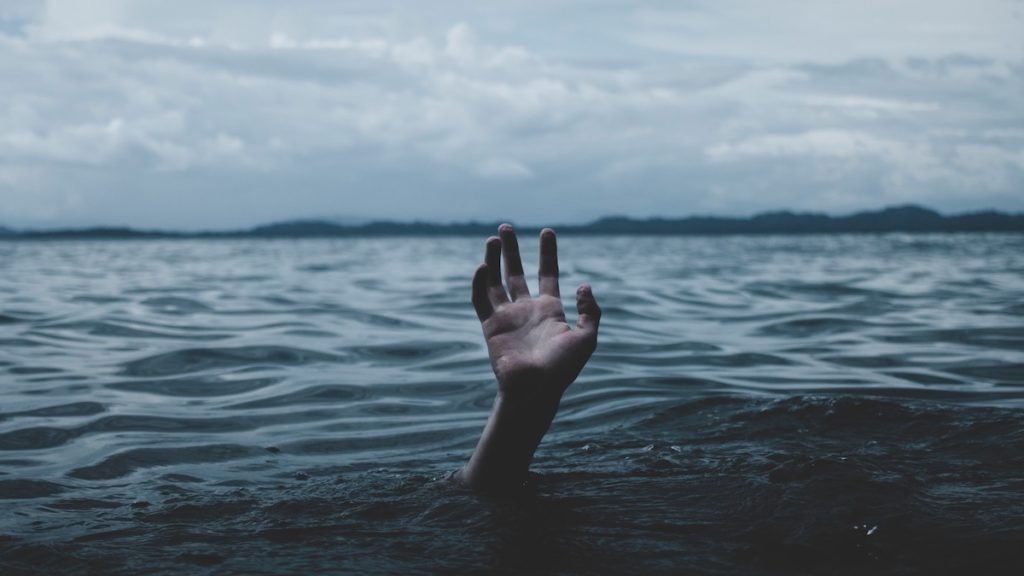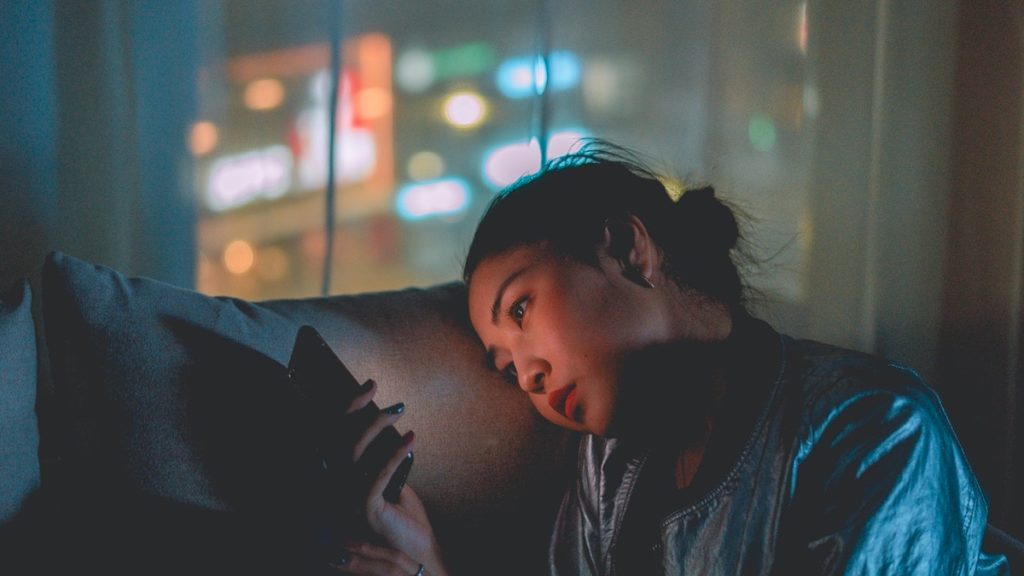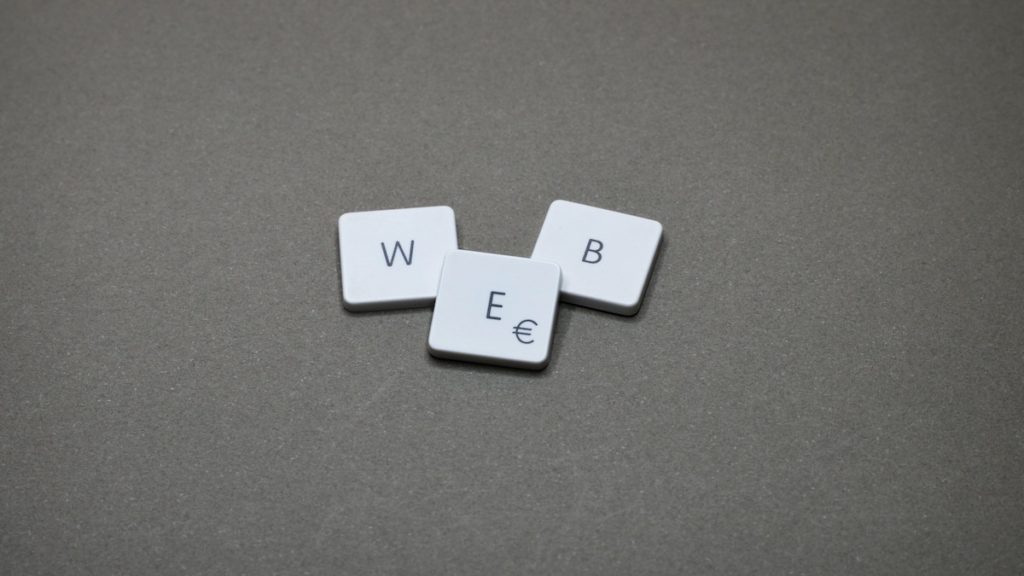Watching the recent events unfold in the U.S., and similar trends building up around the world, we ought to ask ourselves, what the hell happened to social media? I created my Facebook account back in 2010, and when I see my Facebook memories, I see a stark difference.
Evolution Of Social Media
The platform that held memories like a birthday celebration or an outing, or just some inside joke with a few friends tagged, has changed into something different. My Facebook ‘timeline’ today is a completely different picture from my Facebook ‘wall’ from about a decade ago. It has more news, more memes, more of what I’m most likely to share ahead, with practically no intimate connection to me, but an impermanent sense of ‘relatability.’
While Twitter was always like this, the changes in Facebook and then Instagram take credit for reshaping social media. Now you not only see posts from friends and family, you see media from influencers and creators around the world. It’s great to see all this, but the outcome is the loss of a personal connection that I once had with the platform.
For example, a Facebook memory from 3-4 years ago popped up when I opened the app, and it had a meme that nobody would want to see. As I scrolled past that, I found a 7-year-old memory, which was a photograph with an old friend. Took me right back to my school days and the rush of good vibes at that moment is indescribable.
Summarizing this section, social media changed from a platform for staying connected to a platform distributing content, especially Facebook.
Social Media Today

Social media in 2021 is an intricate web of algorithms, making Facebook, Twitter, Instagram, TikTok, and others capable of influencing both the virtual and real world. Today, when you like one of the “suggested posts” from Facebook, you’ll see numerous other “similar posts” on the platform.
My mother recently started using Facebook and YouTube, which is just adorable to watch. At times she’ll complain about Facebook showing her how to cook shahi paneer in 10 different videos, right after she watched and liked one such video. The same happens on YouTube.
I noticed something similar on my Twitter account. The “For You” section on the app is different from the “Trending” section because it is tailored to what I follow. Simply because of my political interests, even though I follow leaders from both sides, I get to see more of the leader whose tweets I am more likely to retweet.
So what is it that I’m talking about here? Two things govern your social media and overall browsing experience today. These are filter bubbles and echo chambers.
What Is A Filter Bubble?
A filter bubble is defined as a “personal ecosystem of information” which is created just for you. To put it simply, think of yourself in a bubble. Maybe you can see blurred outlines of other things outside the bubble, but the bubble shows you crystal clear headlines, tweets, videos, and everything else.
Eli Pariser, an activist, coined the term “filter bubble.” It refers to what you encounter online and how your browsing experience is shaped or, as Zuckerberg puts it, “personalized”. While Pariser’s Filter bubble was demonstrated by Google showing different results to different users depending on their activity, it is equally relevant to almost the entire internet today.
What Is An Echo Chamber?
When you stand at a cliff in the mountains and scream, “Hello,” you hear the echo say, “Hello.” Whatever you say comes right back at you, and you’ll probably say things that will make you happy or give you some satisfaction.
Filter bubbles on the internet create echo chambers. These echo chambers in social media are crucial when it comes to people joining hands for a cause. The role of these chambers is to show us, like-minded people, to get more out of us. If you like a post from a certain political party, you’ll see suggested posts of members of that party.
Certainly, if you agree with the party ideology, you start sharing their posts, retweeting their tweets, reading their news, and so forth. Today’s social media bombards you with content only from the side you like, making you think that the other side doesn’t even exist.
Social Media Anxiety And FOMO

Filter bubbles aren’t just taking your attention, but they’re doing something worse. Thanks to the approach of showing you more of what you want to see, social media you constantly browsing. Irregular sleep, people tweeting while driving, dark circles under the eyes, and a sudden irritation about being bothered by real human communication have increased because of social media usage.
Social media anxiety and FOMO (fear of missing out) are real enough to have support groups and social media detox centers running around the world. So if you don’t want yourself caught in the vortex, better be on the lookout for filter bubbles and echo chambers. You should pay more importance to your real presence at a place than that of a virtual presence that isn’t even permanent.
What Happened To Social Media?

Twitter, Facebook, Instagram, TikTok, Parler, and many more apps have one clear objective. To get more of your time, attention, likes, and content. So to get as much engagement as they can, social media platforms show what you’re most likely to respond to. You may react with anger or share with a sad heart, but that share and that reaction are counted as time spent on that platform.
They want your time and attention because that’s what helps them boast about their “active users” to other businesses. So when Facebook says it is 2.5 billion users-strong, a business would certainly want to advertise with the company. So when you check out a pair of shoes on Google, you see them popping up on your Facebook feed because the filter bubble has profiled you.
One of the things that especially Facebook and Twitter need to change is the filter bubbles they create. As long as these bubbles exist, they’ll lead to a polarized group of people fighting for something they don’t even fully know. The Capitol Hill siege was a recent example of how social media enabled Trump to create a filter bubble, his followers to make echo chambers, and his presidency to end with a historic building defaced.
Wrapping Up

I’d like to borrow some words from David Bowie’s 1999 BBC Newsnight interview. These are Bowie’s lines from the interview, predicting the internet in the 21st Century.
I’m talking about the actual context and the state of content is going to be so different to anything that we can really envisage at the moment. Where the interplay between the user and the provider will be so in simpatico, it’s going to crush our ideas of what mediums are all about… The idea that the piece of work is not finished until the audience come to it and add their own interpretation and what the piece of art is about is the grey space in the middle. That grey space in the middle is what the 21st century is going to be about.”
And that’s precisely what it is today. Half-baked goods flying over social media, people trying to decipher the good from the bad in their own way. An information super-highway like social media and the internet is amazing, but it’ll be a disaster if the drivers can’t see what’s ahead.
Social media needs to take more responsibility for what they do, how they do it, and how well the users know what’s being done. But in asking for accountability, the government must also see that it is fair cooperation and not a vendetta.
The post Opinion: What The Hell Happened To Social Media? appeared first on Fossbytes.
from Fossbytes https://ift.tt/2N3pDCn
via IFTTT

No comments:
Post a Comment